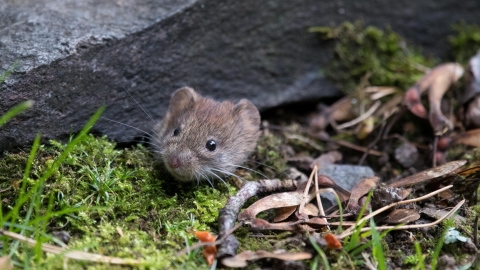
Ross Hoddinott/2020VISION

Donald Sutherland
Know before you go
Dogs
When to visit
Opening times
Restricted.Best time to visit
Year-roundAbout the reserve
Standing on Astley Moss, it is hard to believe you are so close to the bustling urban blocks of Wigan.
Layers of sphagnum moss are reclaiming an area devastated by decades of peat cutting and agricultural drainage, acting like a huge sponge sitting on the surrounding countryside. Passionate and patient conservation work has encouraged the growth of sphagnum magellanicum and sphagnum capillifolium, while hare's-tail cottongrass dominates the wetland vegetation. Not that this is the only flora on-site – a distinctive strip of heather borders the northern boundary of the reserve, where bog cranberry flourishes like bunches of hanging rubies.
Astley Moss’ unique acid environment encourages a diverse range of invertebrates, including ten species of dragonfly that thrive in the ponds between the moss hummocks. And don't forget the large heath butterfly (locally known as the Manchester argus) which was reintroduced in summer 2020 after being missing for nearly 150 years!
An important site for birds, the reserve supports breeding species including meadow pipit and reed bunting, as well as rarer finds like cuckoos and willow tits. Spectacular raptors such as short eared owls and merlin arrive for the winter, while a range of charismatic mammals can be found year-round. Water voles forage along the waterways, while common shrews, rabbits, bank voles, short-tailed voles and long-tailed field mice provide prey for hunting birds.
And this is only the beginning of Astley Moss’ reincarnation. Thanks to integral funding from organisations including the Waste Recycling Network, National Lottery Heritage Fund and Natural England, we can continue encouraging the formation of new peat and help internationally important species to flourish.
